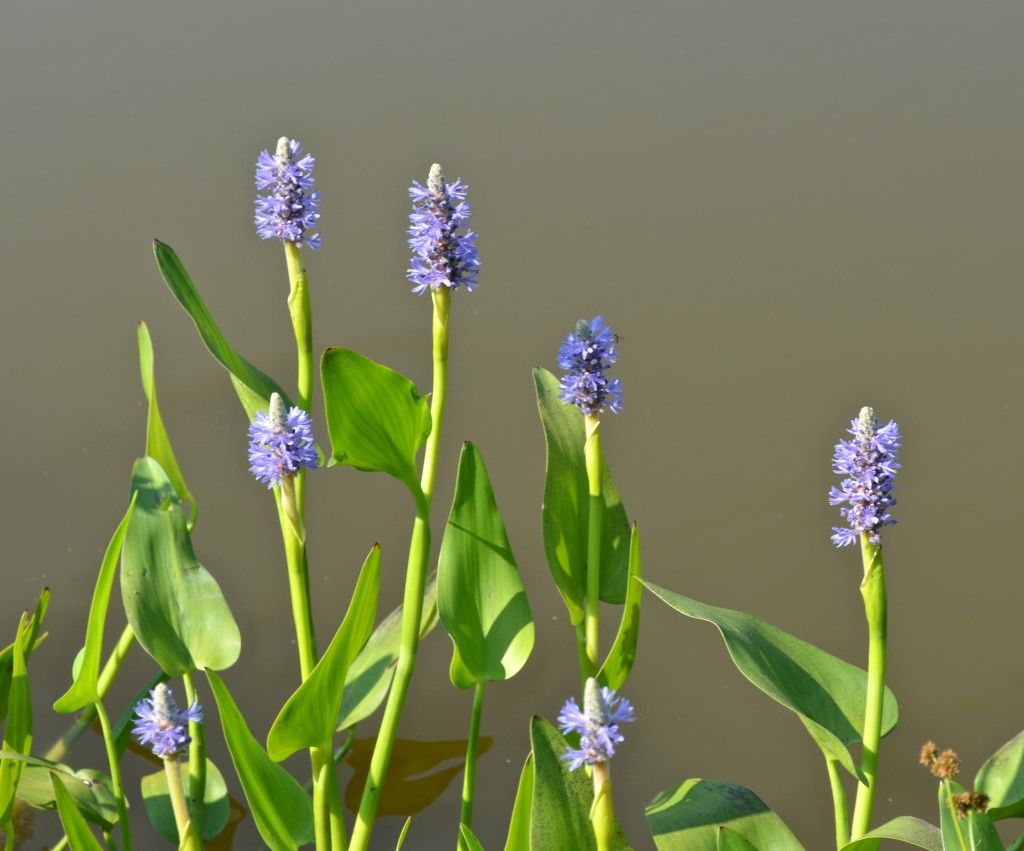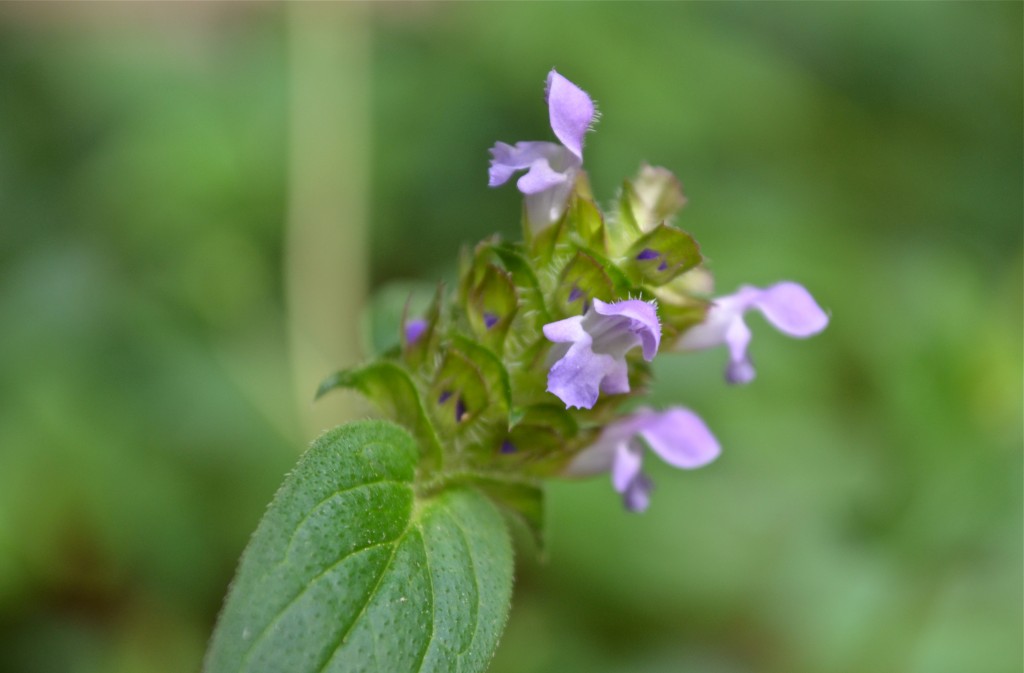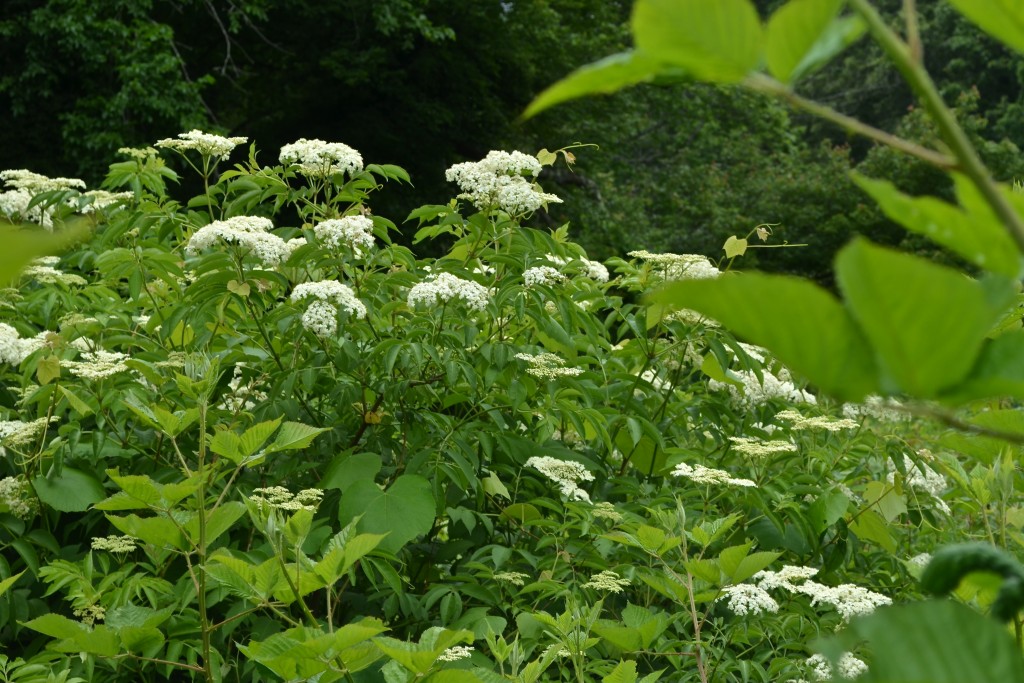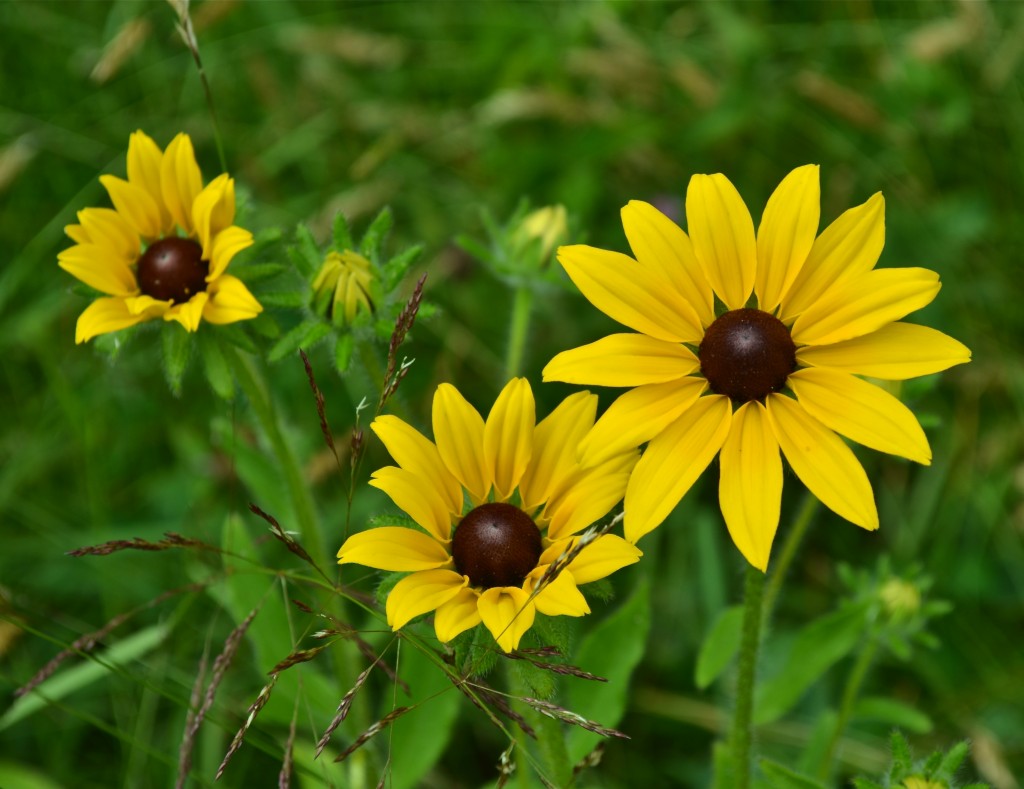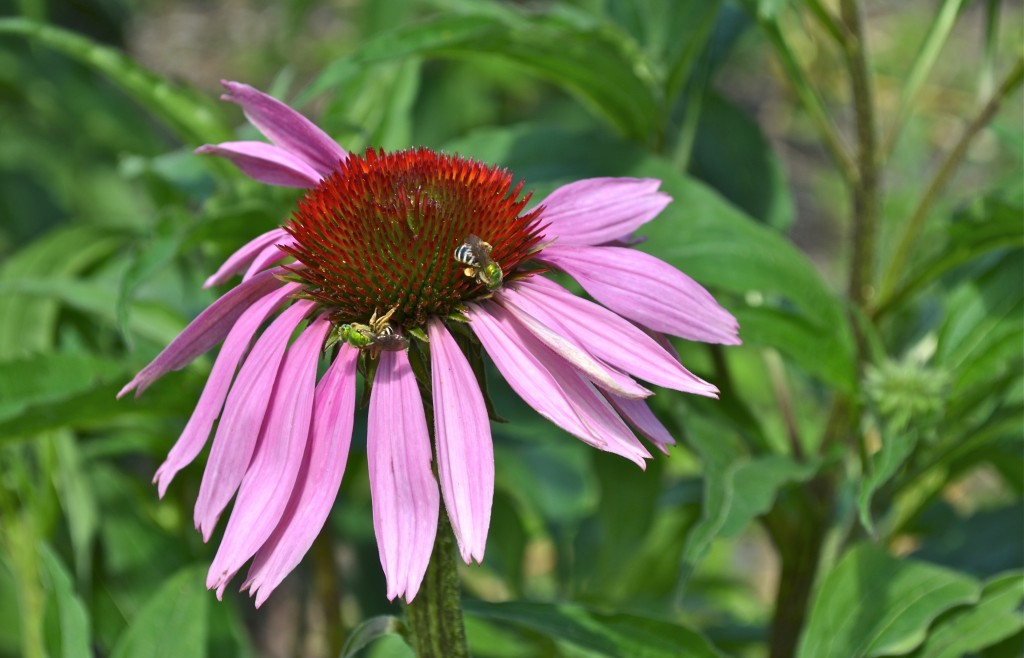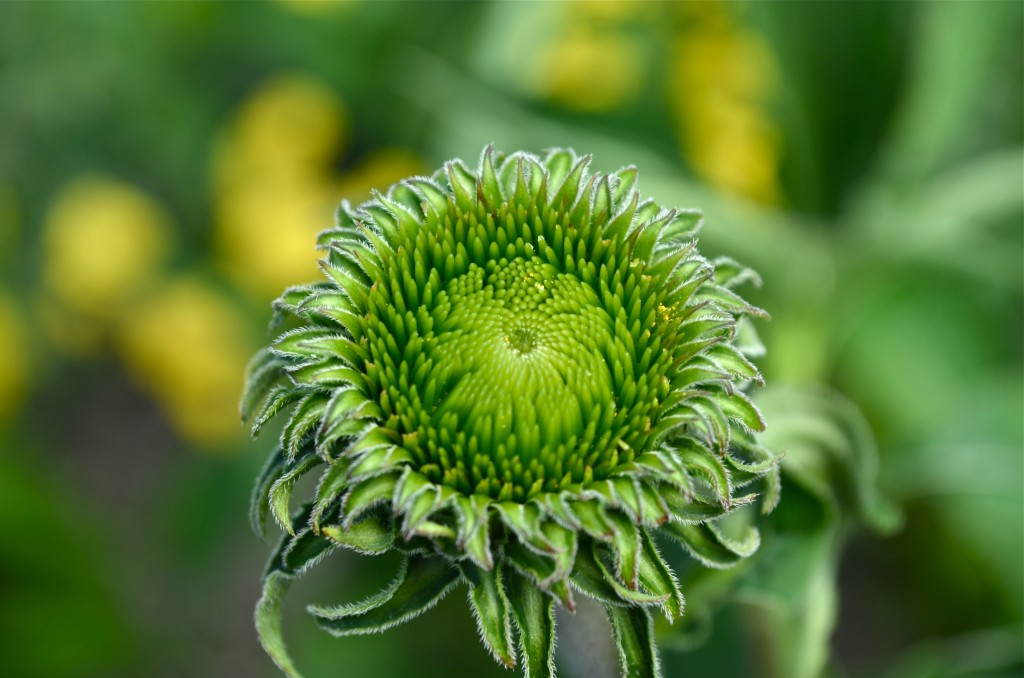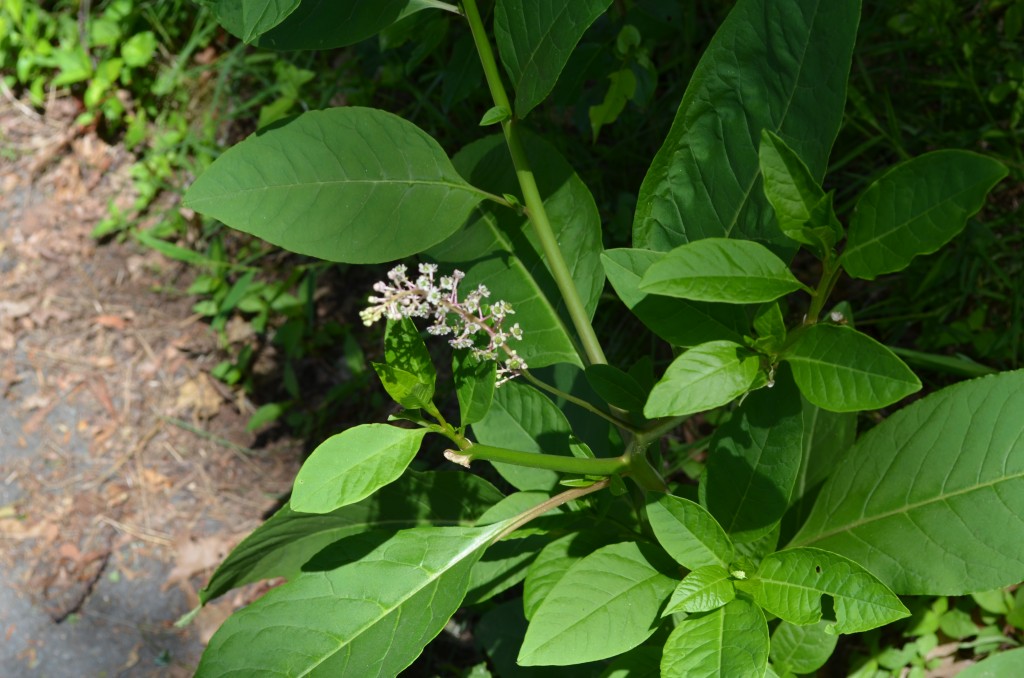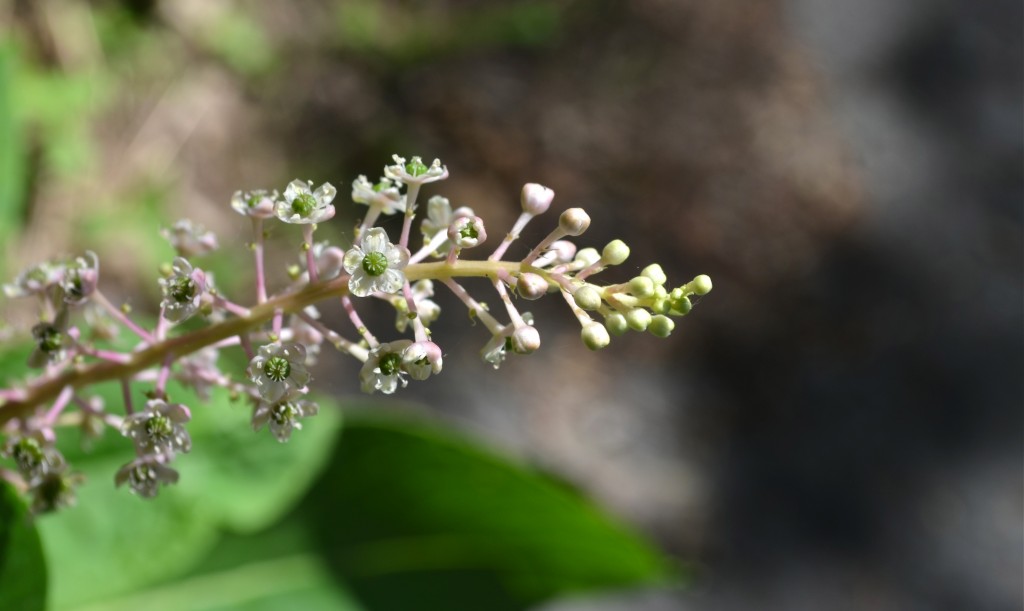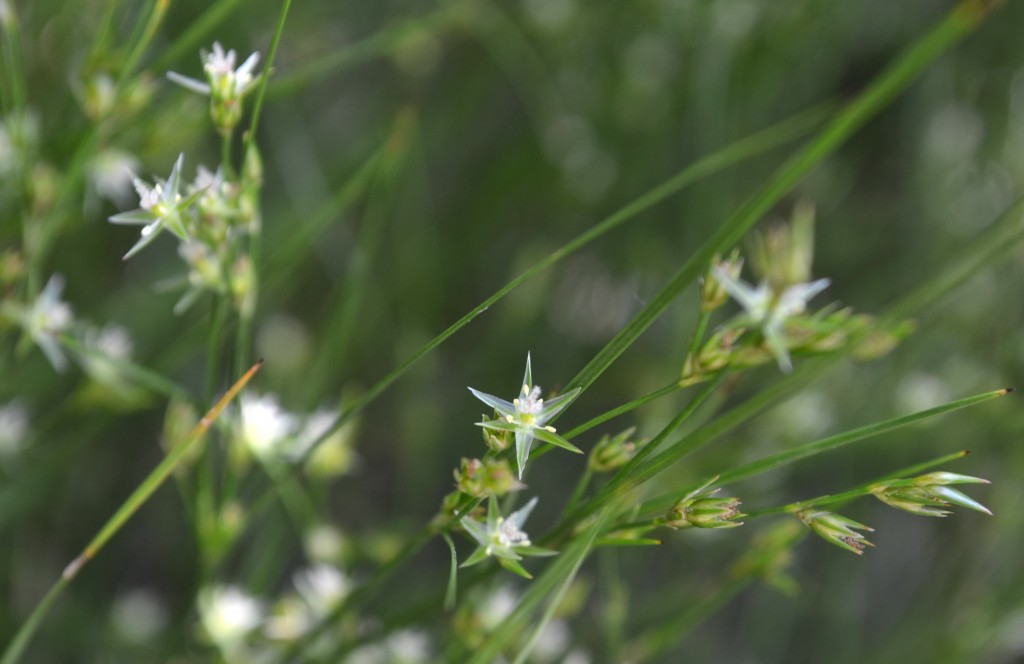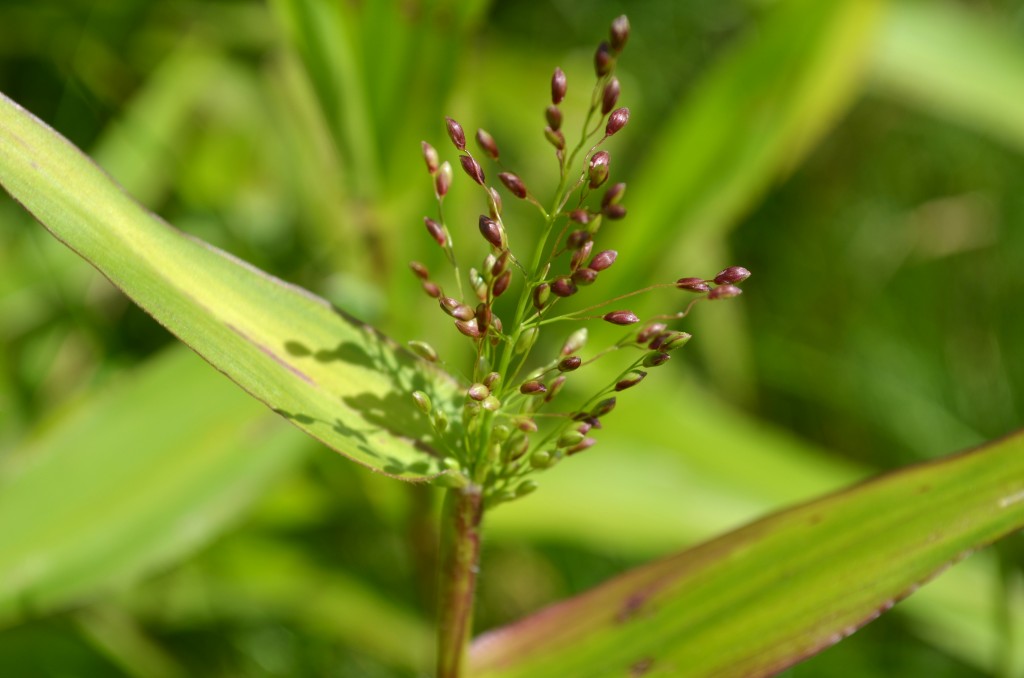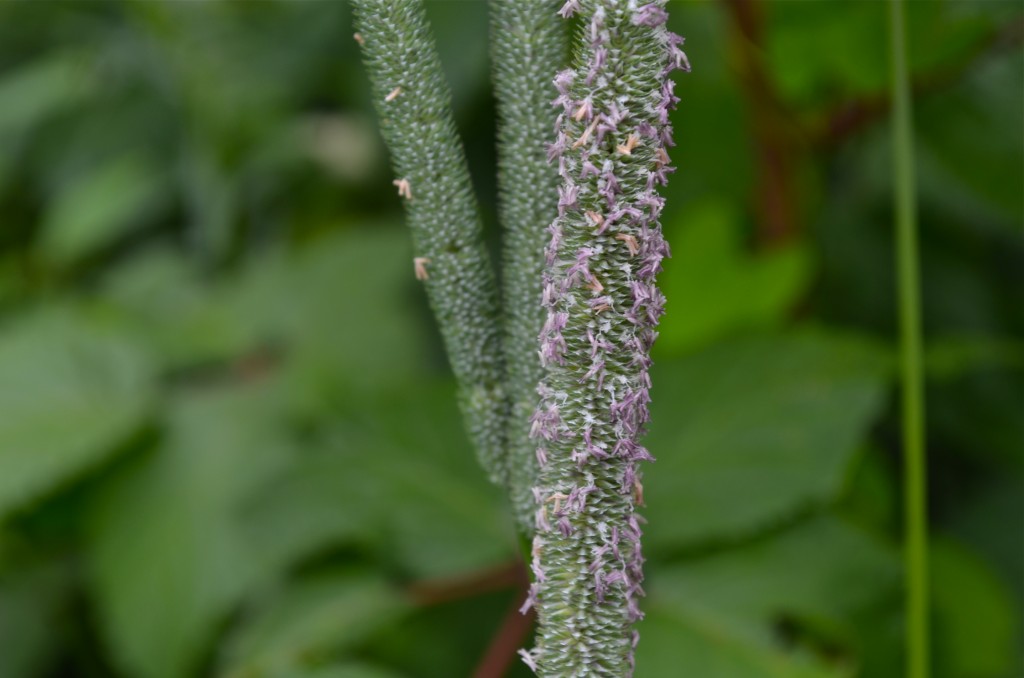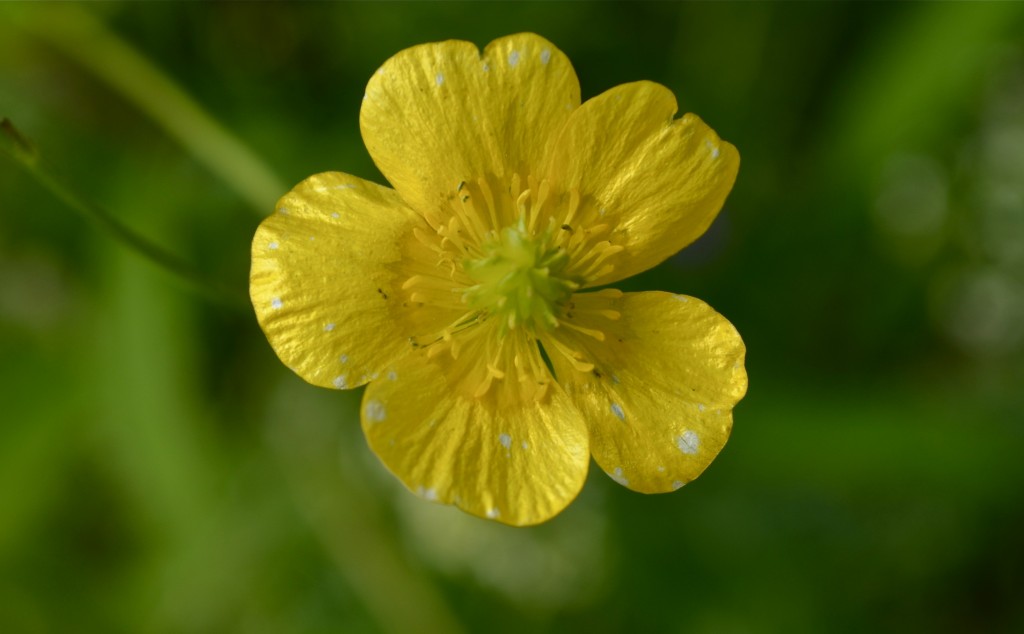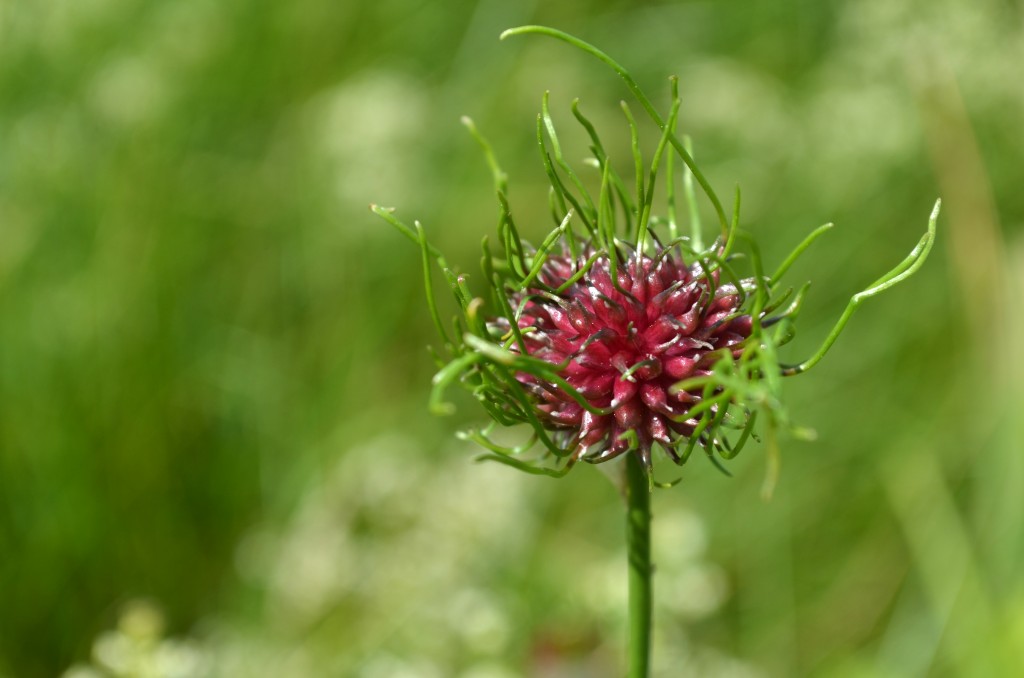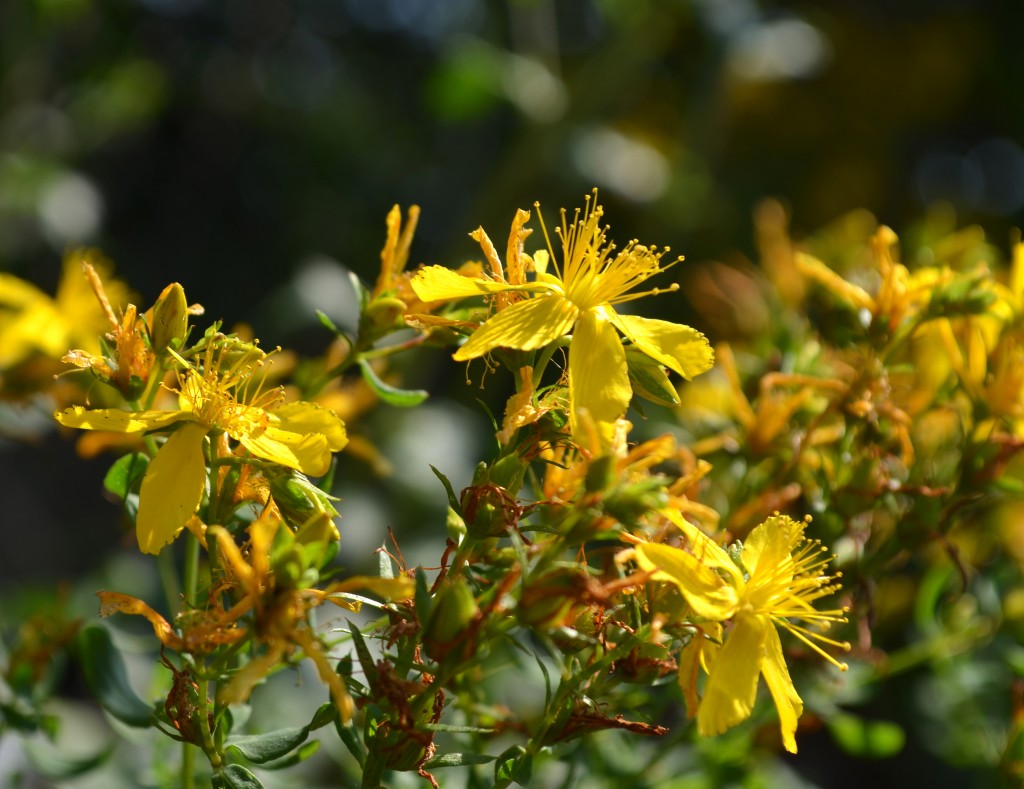 An herbal treatment for mild depression. Name comes from its traditional flowering and harvesting on St. John’s Day, June 24. The genus name Hypericum comes from the Greek words hyper (above) and eikon (picture), because traditionally people used it to ward off evil by hanging St. John’s Wort over a religious icon in their house on St John’s day. Native to Europe.
An herbal treatment for mild depression. Name comes from its traditional flowering and harvesting on St. John’s Day, June 24. The genus name Hypericum comes from the Greek words hyper (above) and eikon (picture), because traditionally people used it to ward off evil by hanging St. John’s Wort over a religious icon in their house on St John’s day. Native to Europe.
St. John’s Wort, Chase-devil (Hypericum perforatum)

